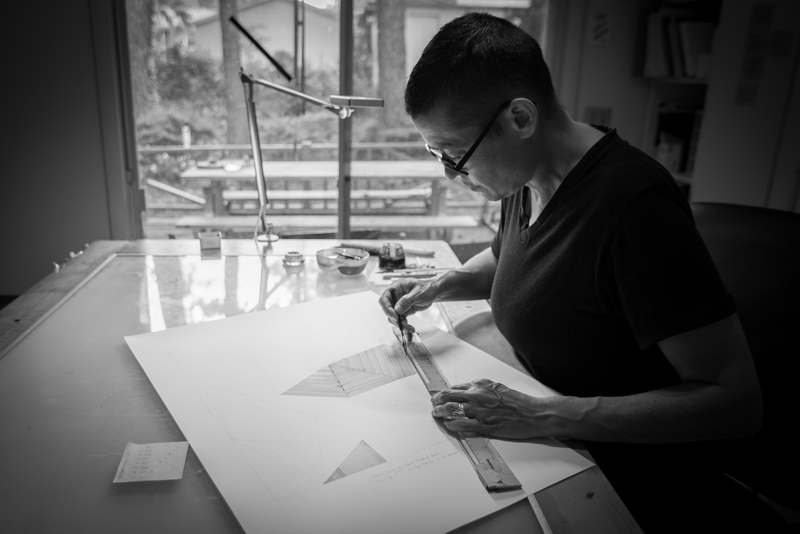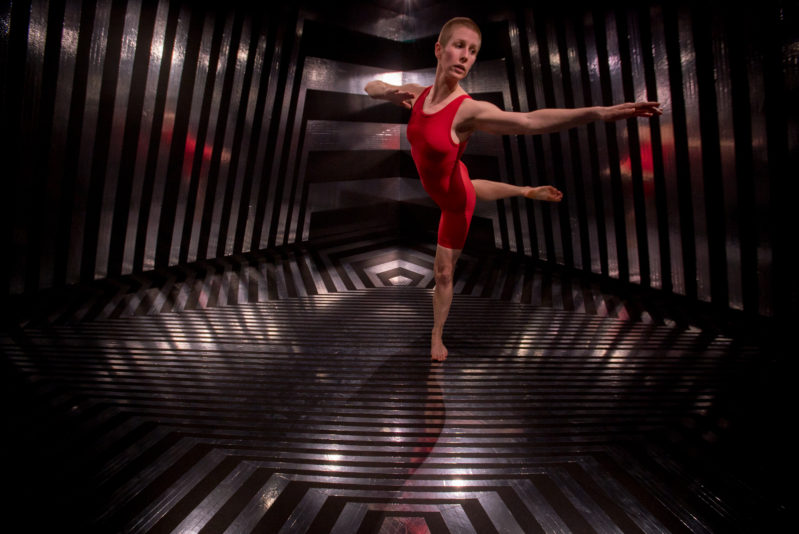Apparently, data is the new oil.
Like oil, data might be considered a productive asset capable of generating innovation and profit. It also needs to be refined to be useful. And according to Haishan Fu, Director of the World Bank’s Development Data Group, data is, much like oil, a development issue. She was the keynote speaker for a Feb. 25 program at Duke, “Rethinking Development: Big Data for Development.”

While big data is… well, big, Fu explains that it has a more focused quality as well. “When you go deeper, you can see something really personal,” she says. Numbers don’t have to be quite so intimidating in their largesse and clutter: everything is integrated in some way. All of the numbers address the same questions: who, what, when, where?
That’s why the World Bank and countless other organizations and individuals across the globe have begun moving toward big data for the purpose of social and economic development studies. It helps tackle the who–what-when-where of real and complex global issues with increased precision, greater efficiency, and a fresh perspective.
For example, the World Bank’s 2019 Tanzania Poverty Assessment integrated household survey results and geospatial data to estimate poverty within a small region of Tanzania. Despite lacking exact data for that area, using big data to make this estimation was still extremely powerful. In fact, its precision increase was equivalent to doubling the survey’s sample size.
A bit further northwest in Africa, the World Bank has also been using big data in Cote d’Ivoire to predict population density based on cellphone subscriber data.

In Yemen, integrated data from multiple sources is being used to determine road networks and physical accessibility of hospitals. The World Bank can estimate this kind of information without actually having any ground contact, improving both time- and money-efficiency. Studies have made it evident that less road access is linked to poverty, so they’re hoping to improve road networks as well as update population estimates and further other local developments.
And Brazil has served as a case study in “how social media can provide economic insight,” Fu explains. There, the World Bank has been using Twitter to detect early variations in labor market activities, searching for key words and hashtags in tweets and determining if users’ later employment statuses future have any sort of relationship to the content of their earlier tweets. Interestingly, the Twitter index and unemployment rates in Brazil display similar trends.
These examples are just a few of many big data initiatives the World Bank has been working toward. And though they have proven valuable for lower-income countries across the world, the lack of data in certain areas still poses a huge problem. The data deficit has been contributing to global inequalities, with higher-income countries being able to provide and have access to more data and thus also new improvement technologies. Ending poverty requires eradicating data deprivation, Fu says.

Image from the World Bank
Eradicating data deprivation is a collaborative effort between the public and private sectors, which is also an issue of its own. On the one hand, there’s a major under-investment in public sector data. On the other, today’s winner-take-most economics and the dominance of select superstar firms have led some private companies to avoid sharing data and favored only those companies able to produce the biggest of datasets.
Fu says working toward data partnerships is a learning process for everyone involved; it’s still a work in progress and probably will be for a while. The potential of big data is already there—it’s just waiting to be totally harnessed. “We will collectively have this platform to increase efficiency, promote responsible use, and come up with sustainable initiatives,” Fu says of the future.
In other words, the World Bank is just getting started.




















